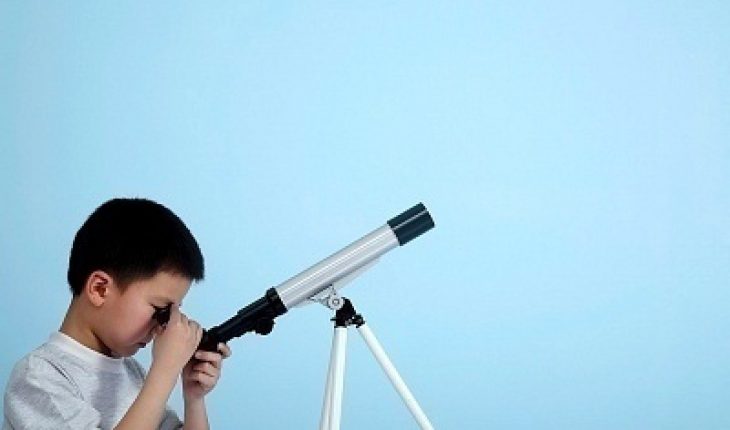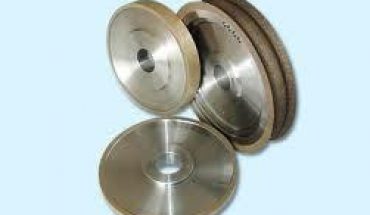Using a telescope is one way for men to reach for the stars while keeping their feet firmly on the ground. But one does not merely point it to the sky and look through it. There are steps to follow in how to use a telescope to get a better view of the heavens.
Before one learns how to use a telescope, one should be familiar with its three main types. First is the Reflector telescope, which gathers light utilizing a large mirror positioned at its back. The second and most frequently used type is the Refracting telescope, which gathers light using a lens situated at its front. Lastly is the Catadioptrics telescope, a combination of the first two types.
It is vital to scrutinize the magnification and the aperture of the chosen telescope. The aperture is particularly important as it is the size of the telescope’s main lens. The bigger the diameter of the lens, the larger the amount of light collected, the brighter and clearer the images seen.
One must also verify how the telescope is mounted. An Altazimuth or “Alt-Az” mount is designed to move the telescope in both an up-down and a right-left axis at the same time. An Equatorial mount likewise moves on both axes, but one of these is directed towards the North Star. Hence, an Equatorially-mounted scope is meant for tracking the stars, while an Altazimuth-mounted one can only point and look.
In learning how to use a telescope, it is important to learn about the sky and the stars themselves. Having star maps on hand is always helpful in identifying the heavenly bodies one would come across. They can be found in books and magazines about astronomy, as well as online
To start how to use a telescope, it must be set up about half an hour before the actual time one intends to use it. This is so that temperatures are given time to balance out. The air should be ideally still when using a telescope, so it should never be used through a window or when it is windy.
The telescope should be positioned in such a way that everything is at a right angle. It must be flatly placed on the ground and the legs of the tripod must be extended to their full length.
To align a telescope with an Equatorial mount, the latitude adjustment knob should be turned tilt it, pointing the right ascension axis towards the North Star. Once the star is located, the latitude lock knob is tightened. Then the scope is tilted in order to keep the declimation axis on the object that one is trying to view.
The finder-scope should be in accurate alignment with the telescope to point them both at exactly the same area. To do this, the eyepiece with the lowest power is inserted and pointed either at the moon or at any bright planet. Once the bright object is centered in the telescope’s eyepiece, it should be locked down. Then, the three thumb screws that hold the finder-scope in its place are loosened, after which one looks into the eyepiece where they would see the crossed lines that are the crosshairs. The screws are adjusted to align the object on the crosshairs before the screws are tightened back to secure the finder-scope in position.
While the use of a telescope comes with a set of instructions, they are not all too hard to follow. Once the necessary adjustments have been made, the enjoyment one should experience in stargazing would be as magnified as the image of the stars themselves.





